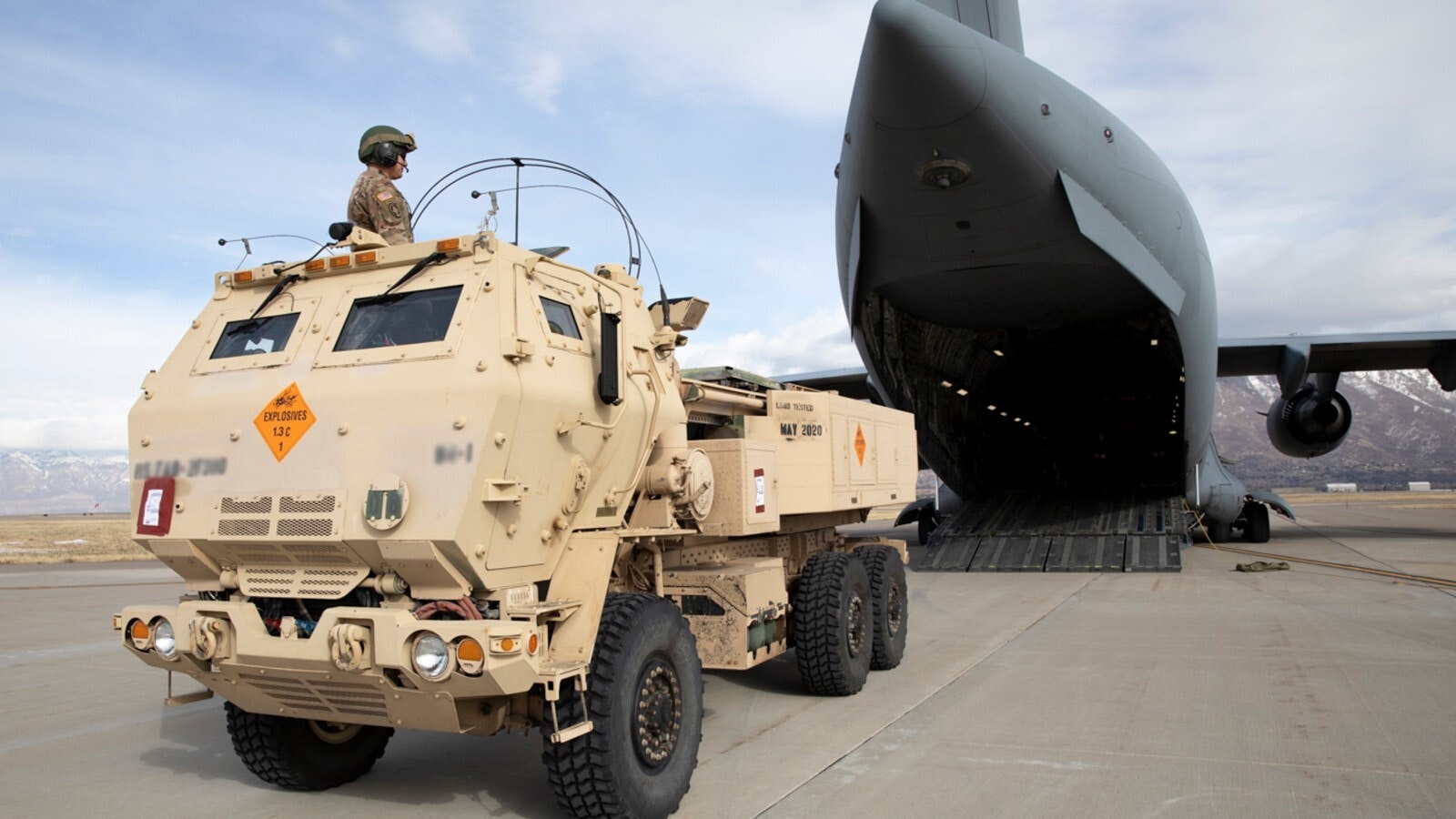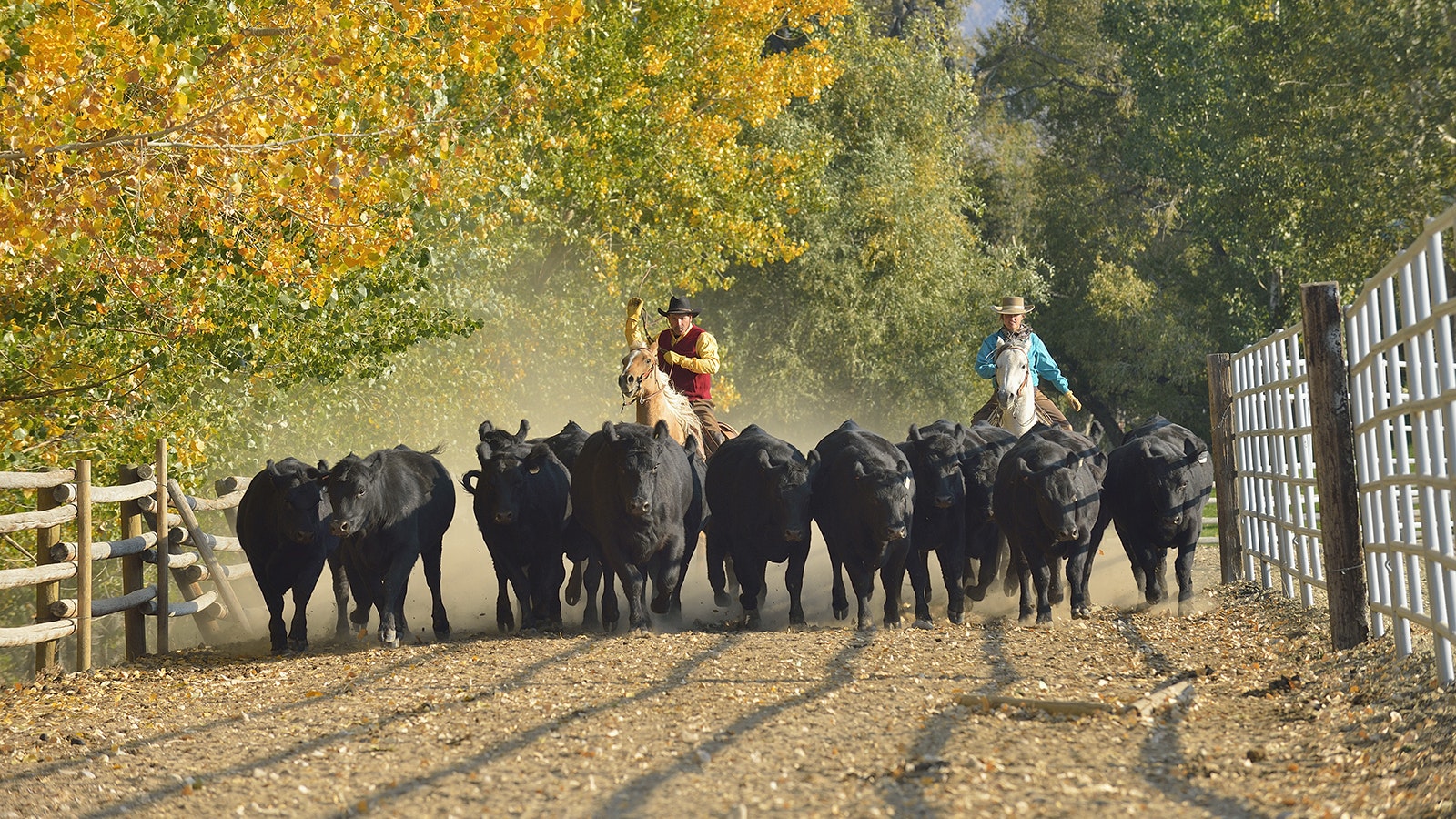Members of the Wyoming Army National Guard made history last month by conducting its first test of a weapon deployment system.
Members of the Wyoming Army National Guard’s 2nd Battalion, 300th Field Artillery unit conducted its first live-fire of HIMARS Rapid Infiltration artillery at the Dugway Proving Grounds in Utah in late January.
The exercise involved transporting a portable artillery launching system, the HIMARS, by airplane to a point near the target.
“For the 2-300th, it’s kind of historic for us,” said Lt. Col. Robert Lemay Lejeune, commander of the 2-300th.
Missions in which artillery launchers are flown to specific areas, called HIRAIN missions, have been around for a long time in the military and are a staple of combat in the Middle East, which the 2-300th consistently trains for.
“This is one of our mission essential tasks,” Training Officer Maj. Shawn Stensaas said. “It will help us improve and maintain our proficiencies and relevancy to support missions around the world, wherever they may be.”
The unit first began practice for the live fire exercise in 2015. For the January exercise, it used a C-130 Hercules aircraft provided by the National Guard’s 153rd Airlift Wing out of Cheyenne.
Using the aircraft allows the artillery greater mobility and a substantial increase in the overall range. This tactic makes HIRAIN missions very flexible.
“It can be used in any theatre where you can land a C-17 or a C-130,” Lejeune said.
The normal method the soldiers of the 2-300th unit use to fire their artillery is to drive their rockets to a set point on the battlefield and then fire from that location.
While this method can be highly effective, it is limited by the range of the artillery used, usually 18-42 miles. This range can be extended by conducting a HIRAIN mission.
“I can conduct a raid but it’s as far as I can drive and secure myself forward on the battlefield,” Lejeune said. “Which is relatively short when you compare the distance to an aircraft. So by working with the Air Force, we add this great new capability in terms of range.”
This exercise that took place Jan. 21-22 saw the 2-300th load two HIMARS and one Humvee onto the C-17 Globemaster III. The airplane then took off from Cheyenne and flew to Hill Air Force Base in northern Utah.
The following day, the C-17 crew flew the members of the 2-300th to Dugway Proving Grounds where the HIMARS were removed the aircraft, guard members obtained a good firing position and then fired the payload.
The soldiers then returned to Wyoming.





